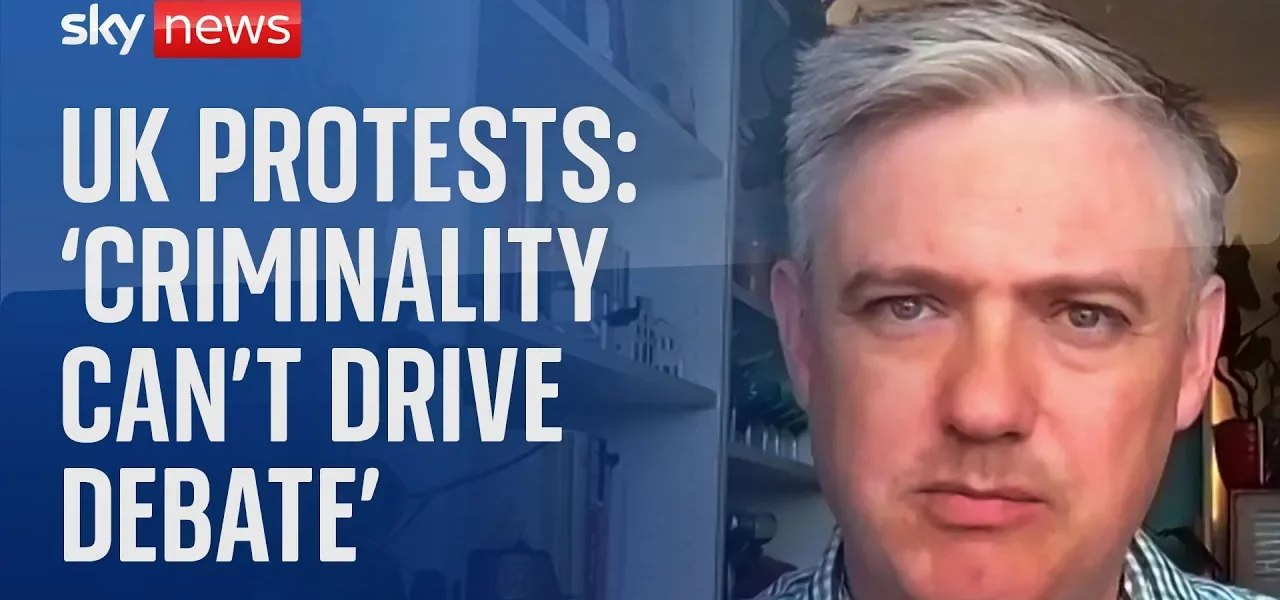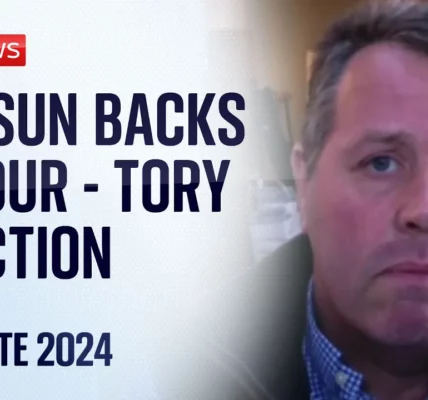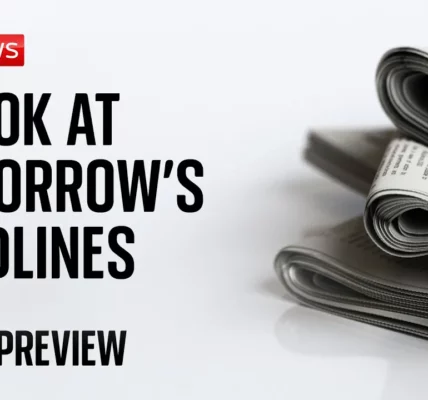Understanding the Unrest in Southport: Misinformation and Public Response

This article delves into the recent unrest in Southport, examining the factors that contributed to the situation, the role of misinformation, and the response from law enforcement and government. We explore the implications of social media and the importance of maintaining public order in times of crisis.
Introduction
The tragic murder of three young girls in Southport has sent shockwaves through the community and the nation at large. As citizens grapple with grief, the situation has been exacerbated by rapidly spreading misinformation and public disorder. This article aims to unravel the complex web of factors leading to the unrest, including the influence of far-right groups and the critical role of social media in disseminating false narratives. Understanding these elements is crucial for addressing the underlying issues and restoring peace.
The Tragic Incident in Southport
The unrest began with an unspeakable tragedy—the murder of three innocent girls. This incident not only devastated their families but also ignited a series of protests and riots across the country. The emotional response from the community was palpable, as many came together to mourn the loss of young lives.
Immediate Community Reaction
- Public vigils held in memory of the victims
- Calls for justice from community leaders
- Increased visibility of local support services for grieving families
Media Coverage and Public Outcry
Media outlets reported extensively on the incident, which amplified public sentiment. However, this coverage also left room for misinformation to seep into the narrative, complicating the community’s response and leading to further unrest.
The Role of Misinformation
In the days following the tragedy, misinformation began to spread rapidly. This was not merely organic; it was part of a concerted campaign by various actors, including far-right groups and potentially hostile states. These entities exploited the situation to further their agendas, often distorting facts to incite unrest.
Mechanisms of Misinformation Spread
The mechanisms through which misinformation proliferated included:
- Social media platforms acting as conduits for false information.
- Use of fake accounts to amplify extremist views.
- Manipulation of public sentiment through targeted messaging.
Consequences of Misinformation
The consequences of such misinformation were dire, leading to:
- Increased public disorder and violent protests.
- Distrust in law enforcement and government responses.
- Marginalization of legitimate concerns from the majority who wish to protest peacefully.
Response of Authorities
In response to the chaos, law enforcement agencies stepped up their efforts to restore order. This included making arrests and implementing crowd control measures in several areas.
Police Action and Community Safety
The police prioritized community safety and aimed to differentiate between peaceful protesters and those engaging in criminality. This distinction is essential for maintaining public trust and ensuring that legitimate grievances are heard without being overshadowed by violence.
Government Stance on Public Order
The government has been clear that maintaining public order is paramount. They have emphasized that there will be significant consequences for those engaging in violent acts. The focus remains on:
- Strengthening police resources to manage protests effectively.
- Ensuring a rapid legal response to criminal activities.
- Addressing the root causes of unrest without compromising on law and order.
The Importance of Social Media Regulation
Given the integral role social media plays in both spreading misinformation and organizing protests, there is a growing call for better regulation. The recent events have highlighted the challenges faced by authorities in managing online discourse.
Challenges in Regulating Social Media
Some of the key challenges include:
- Balancing free speech with the need to combat harmful misinformation.
- Coordinating with social media companies that may be based overseas.
- Addressing the tactics employed by hostile states to manipulate narratives.
Recommendations for Government Action
Experts suggest that the government should:
- Provide more resources to intelligence agencies to monitor online threats.
- Engage with social media platforms to develop clearer policies against misinformation.
- Implement educational campaigns to inform the public about recognizing misinformation.
Conclusion
The unrest following the tragic events in Southport illustrates the fragility of community relations amidst the chaos of misinformation and public disorder. It is crucial for both law enforcement and the government to focus on restoring order while addressing the legitimate concerns of the populace. As we move forward, a multifaceted approach that includes regulating misinformation on social media, engaging with communities, and ensuring public safety will be essential in preventing future outbreaks of violence. We encourage readers to stay informed and participate in constructive dialogues about these pressing issues.
“`




